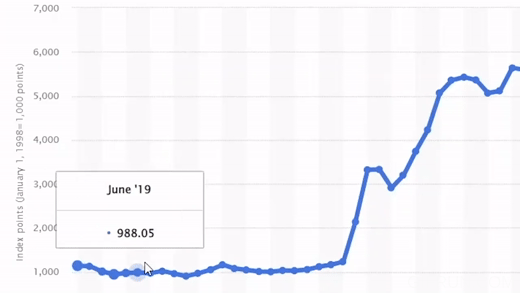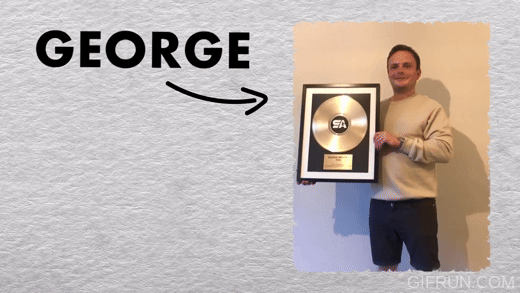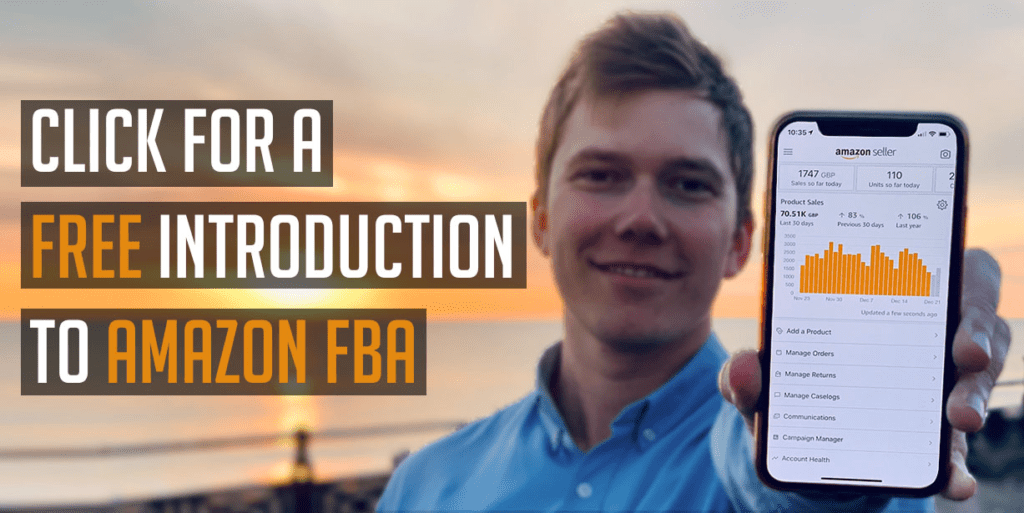
Why Should You Start Amazon FBA in 2023?
As an Amazon FBA seller based in the UK, the past 3 years have been pretty challenging to say the least. We’ve had to deal with the impact of Brexit, a global pandemic, surging shipping costs and a boat that got blocked down the Suez Canal. Yeah, the word challenging probably just about sums up the absolute chaos that us Amazon FBA sellers have had to deal with.
But, as of 2023 so far, selling on Amazon compared to the last 3 years is like being in paradise, so much so that I would say that if you’re sat on the sidelines waiting to get started, you might want to use this window of opportunity to start Amazon FBA now. If you’re already an Amazon seller, then you can read my tips on how to beat the inflation this 2023.
From the beginning of 2020, the cost of shipping products from China-based suppliers to the UK started to rapidly increase due to 2 main factors. Firstly, the impact of Britain leaving the EU meant that the entire importing & customs process had to be entirely reconfigured, which led to delays at border control, ultimately having a knock on impact on costs. Secondly, as we all know too well, the spread of COVID-19 caused ports to close and ship journeys to be massively lengthened or cancelled altogether, killing supply and causing costs to spiral out of control.

For some of my students, this surge in costs meant that on average they were paying upwards of £10 a unit for shipping alone, eradicating much if not all of their profit. It really was not a great time to be selling products that were large and bulky at all.
Reduced Costs
Thankfully, though, during the first 3 months of 2022, as the UK got used to the implications of Brexit, the world gradually started to after the pandemic had passed, and transport costs rapidly began to fall, causing many Amazon FBA products to become profitable again.

Just to demonstrate how much shipping prices to the UK have come down since the end of 2019, I currently pay £130 per cubic metre to ship from China to my local warehouse. At its peak, in 2021, the cost was around £400 per cubic metre, around 250% higher. You can imagine just how much better profit margins today are versus over the past 3 years, particularly for bulkier items that take up a lot of space.
My student George now pays around £1 shipping cost per unit of his product, compared to £7 a unit at the peak of all of this madness, and that cost of shipping rate that he’s got now isn’t expected to change in the near future, providing you with a great opportunity to get started.

More Warehouse Storage Space
At the height of the pandemic when everybody was seemingly shopping online, in response to running out of storage space, Amazon made the decision to restrict how many units sellers could send into their warehouses. These “restock limits” at they were called, were seemingly applied to sellers on a weekly basis at random, causing headaches for sellers because, when combined with shipping delays and surging costs, it made planning incredibly difficult to do.
As Amazon started to open more warehouses across the country and their capacity increased, so did the sellers’ restock limits, except for new sellers who were only given a 1000 unit limit no matter what until they proved to Amazon that they could sell. For beginners this limitation was sometimes off putting, resulting in some people deciding that selling on Amazon just wasn’t worth the bother.
Here’s the good news – as of 2023, Amazon has realized they’ve actually now got way too much storage space that now shops have reopened and they’ve changed their policy, but this time, they’re giving new sellers preferential treatment by not giving them any limitation on how much they can send in at all.
The new system, now named Inventory Capacity, dictates how much you can send in according to the storage space taken up instead of the number of units, which is much more sensible. The amount of storage space that you’re given is set on a monthly basis and is the amount of units that you’ve sold historically and are expected to sell in the near term.

For new sellers though, because you don’t have any selling experience, no limitation is applied at all for the first 3 months, meaning you can send in all of your first stock order without worrying that Amazon will refuse to accept it. The new storage system makes way more sense, is way more streamlined, and provides a far better proposition for beginners to get started today.
Conclusion
If you are someone that has been sat on the sidelines watching Amazon FBA content for the past few years, just waiting for the moment to strike, in my view, given the insane amount that Amazon continues to grow and the much improved selling conditions for beginners, the time is now right to get started and give yourself another income stream selling your own products with Amazon FBA.
If you want to learn how you can create an Amazon FBA business yourself, then check out my free training where I’ll teach you everything you need to launch your first product on Amazon and scale to $5,000+ in monthly profit.
Or if you’re ready to begin your journey and want to start with the best chances of success, apply to become a member of HonestFBA’s training programme where you’ll receive guidance & support from our team of 7-figure Amazon FBA seller experts whenever you need it.





